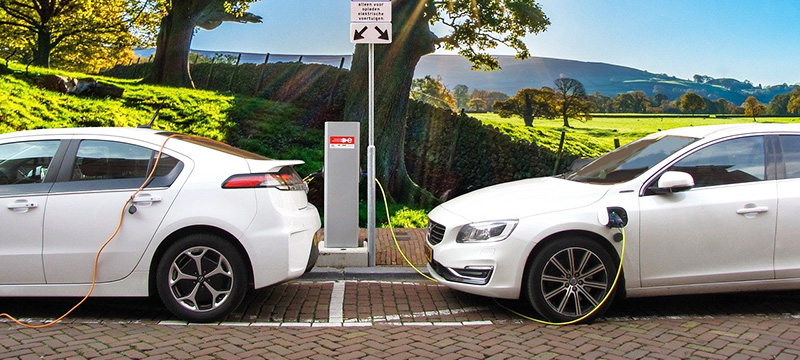
The environmental impact of gasoline-powered vehicles is staggering. One-fifth of global carbon dioxide emissions come from the transportation sector, and road vehicles account for 74.5 percent of transportation emissions worldwide.
Automotive industry leaders can use IoT solutions to improve vehicle efficiency and reduce the environmental impact of their products. Incorporating IoT monitoring systems increases vehicle efficiencies and enhances precision around maintenance, driver behavior, and navigation.
Here’s a look at several ways IoT technology is aiding sustainability efforts in the automotive sector.
Monitoring Vehicle Location and Driver Behavior
Using IoT sensors to track vehicle location and monitor driver behavior can yield insights over time along with instant alerts that let managers address problems and optimize routes, helping to minimize gas consumption and time stuck in traffic.
For example, fleet management and software provider Astrata Europe created a solution called VanLinc to provide real-time tracking and monitoring for all vehicles in a fleet. Each vehicle is connected to the cloud using cellular IoT SIM technology. Beyond GPS location tracking, VanLinc can provide various services depending on a company’s individual needs—for example, integrating with refrigeration systems to maintain cold chain requirements or monitoring driver behavior and vehicle performance to ensure compliance with regulatory standards.
Keeping an eye on the details is key to maximizing sustainability efforts in fleet management. Events such as high-speed turns and unexpected braking can be programmed to trigger alerts in most IoT driver behavior management systems, letting managers and drivers know when there’s a problem. The data also sheds light on gas mileage and energy consumption, helping managers understand their fleet’s footprint and informing sustainability efforts.
Enabling Predictive Maintenance
Installed in vehicles, IoT sensors can monitor the status of various parts and systems, providing data that allows fleet managers or manufacturers to anticipate mechanical problems and take a proactive approach to maintenance.
The fleet operations arm of a global sales and service organization, Scania Trucks uses IoT sensors to track a range of vehicle data, allowing for remote diagnostics when a problem is detected or predicted. Fleet owners or drivers access diagnostic information through a mobile app or a web portal, where they receive alerts and review data to plan a service. Having access to this information helps minimize downtime and keep vehicles running smoothly and efficiently, reducing fuel consumption by up to 10 percent and lowering cost and emissions as a result.
Innovating Practical Electric Alternatives
Concerns over climate change are motivating vehicle manufacturers to replace gas-powered vehicles with electric ones. The growing number of electric vehicles on the market creates the need for adequate numbers of vehicle charging stations, located both in urban and rural areas. Providing IoT connectivity for these stations is essential for oversight and maintenance, but broadband connectivity is often limited in rural areas—and isn’t necessary to transmit the small amount of data these devices generate.
Germany-based IONITY is building out a network of 7,000 EV charging stations across 24 European countries, with the goal of having a station every 150-200 kilometers. Using cellular IoT connectivity, IONITY stations provide GPS location information and other details to customers via their smartphone app. IoT connectivity also allows users to process secure payments and track their vehicle’s progress as its battery charges. With reliable charging stations available, more individuals and fleet managers are likely to choose electric over gas-powered vehicles, helping to reduce CO2 emissions.
Painting a Clear Picture
IoT connectivity is an incredibly valuable tool for implementing environmental sustainability in the automotive sector, empowering efforts at every level. Connected sensors provide a spectrum of data that, combined with the power of AI and predictive analytics, provides drivers with a precise, accurate picture of a vehicle’s performance. That knowledge can maximize efficiencies and reduce emissions in fleets of traditional vehicles—and sway consumers away from gasoline-powered engines by revealing exactly what type of performance they can expect from electric alternatives.







